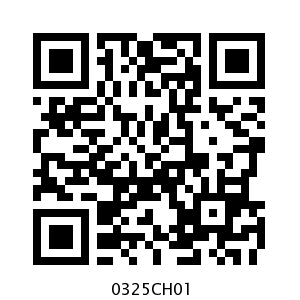Table of Contents
1. Where to Look From

Our teacher told us to draw a picture of a car. We all drew the car differently. Next day, when we showed our pictures to each other, we were very excited. But Anshul started laughing. He was looking at Dheeraj's drawing of a car.
Anshul said - it looks like a small box kept in a bigger one. Then Anshul showed his drawing to Dheeraj.

Both of them drew the picture of the same car. But the drawings look different.
Dheeraj said he had looked at the car from the terrace. Do you think his funny drawing is right?
- Have you looked at things from different sides?

Do they look the same or different?
- Look at the pictures drawn here. How does the table look from the side?

Which picture is from the top?
Some pictures are drawn below. Imagine how these things will look if seen from the top.




Will they look like this?




Practice Time

A. A cat is peeping into a classroom. Can you help her find out where the teacher is?
B. Here are some pictures. Find out from where you have to look to see the things this way.






C. Draw top views of a few things and ask your friends to guess what they are.
Rangoli

Have you ever made a rangoli? My friend Meenakshi makes beautiful floor patterns.
I am Meenakshi. I belong to Tamil Nadu. We make Kolam patterns every morning. They are made by using dots.
You can also try and use the dots given below to make patterns. Two patterns have been drawn here.

Make Other Patterns Yourself
1. Copy these shapes on the dot grid. Note that some lines in the shapes are straight and some are not.

2. Use the dot grid given below to draw your own designs and shapes.

3. Complete these figures to make squares and rectangles.

4. On the dot grid given below, draw the following:
a) a kite
b) a leaf
c) a flower
d) a boat
e) a star
f ) a pot

- Note for teachers and parents - Free play with shapes on a dot grid can help develop children's understanding of shapes and symmetries. The chapter begins with activities to show how 2-dimensional pictures can represent 3-dimensional objects as seen from different perspectives. This is related to symmetries, an important aspect of shapes further developed in Chapter 5.
Tit for Tat
One day Amina met a painter.

Can you make my picture?
Yes, sure! I charge Rs 200 for it.

After a while the painter showed her the picture.
Amina! How do you like it?
But this is only half!

The other half is exactly the same. So just put a mirror to get the complete picture.
Now can I have my money?
Amina gave him a hundred-rupee note.

But this is only half the money!
The other half is exactly the same. So just put a mirror next to the note to get the full money! Ha, ha!
The painter had made many such pictures in which he drew only one half of the things. Draw the other half of these pictures and find out what these things are. Try doing it with a mirror.

Can we repeat the painter's trick, while drawing pictures of the following?

If you ask the painter to draw things which cannot be divided into two similar mirror halves, then he cannot play the trick. Draw three more such things which do not have similar mirror halves.
Mirror Halves
Look at the pictures given below. Does the dotted line divide each picture into two similar mirror halves?
















Give some more examples.
- In two rectangles above, the dotted line cuts each into identical halves, but note that they are not mirror halves?
Using a dotted line, can you divide the following pictures into two similar halves?




















Can you guess these letters from their halves?






Using such letters we can also make words which have similar halves.
Guess the words by looking at their halves.




Making A Mask

Now, I can teach you how to make the mask of a cat...
Take a piece of paper.

Fold it along the middle.


On one side draw the figure. Cut it out using a pair of scissors.

Now open the fold and make the eyes, nose etc.

Colour it and tie a rubber band on its back. Your mask is ready.
You can make more such masks by taking help from the following pictures.



